
What the Health Vegan Lifestyle
So you’ve watched What The Health and you’ve decided to become vegan. It’s a big lifestyle change, but these tips can help you get you on your way to a meatless and dairy-free diet.
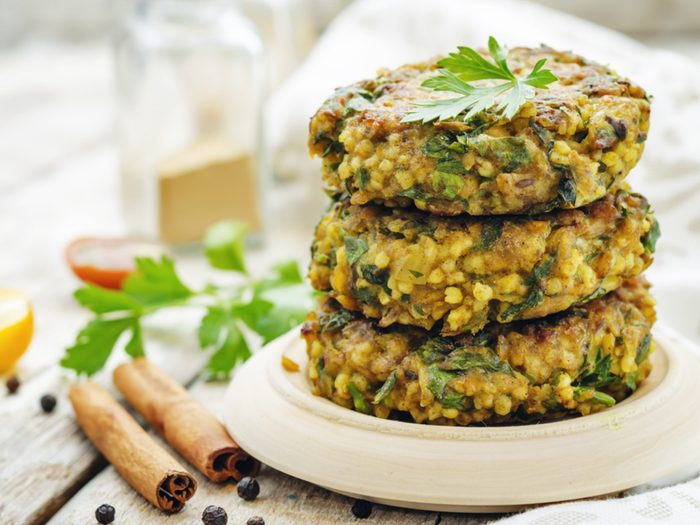
Go at your own pace
Despite the message of What The Health to give up all animal-based foods, to really commit to the vegan lifestyle, you can take baby steps.
Victoria Moran, author of the book Main Street Vegan recommends removing one kind of animal from your diet at a time (“chicken and eggs are a great place to start”); being “vegan at home” to better control your food; or trying “vegetarian for now” and continuing to eat eggs and dairy. Even Mark Bittman’s “vegan before six” vegan lifestyle could help with transition.
Andre Kroecher of Daiya Foods suggests, “Start with the one thing you consume the most and substitute it with the vegan version,” such as almond milk for whole milk.
Jenné Claiborne, The Nourishing Vegan advises: “Crowd out less healthy, or non-vegan foods with a yummy vegan addition. For example, have a green smoothie before your usual breakfast, or some fruit before an afternoon cookie. By eating the plant-based food first you won’t have as much room for other stuff, and you’ll develop a taste for the healthier option.”
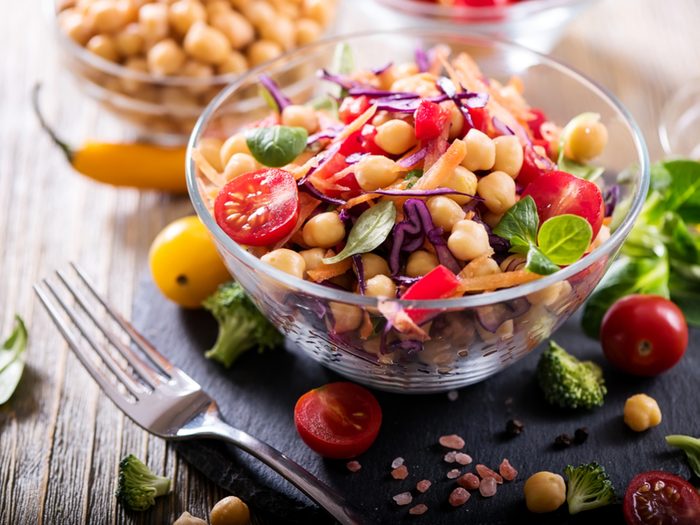
Think of it as an evolution
Under the influence of What The Health, and when deciding to go vegan, “people get so caught up in rules, they become anxious,” says Terry Hope Romero, author of the book Vegan Eats World.
“Relax and learn to love to cook, explore new cuisines, and be adventurous with food. Most importantly, be easy on yourself. Don’t view a vegan lifestyle as the finish line, but as an evolving process of conscious eating.”
Vegenista blogger Melissa Bechter says, “As my commitment to a cruelty-free lifestyle became stronger than my cravings, I found that eventually, I lost my taste for animal-based foods.”
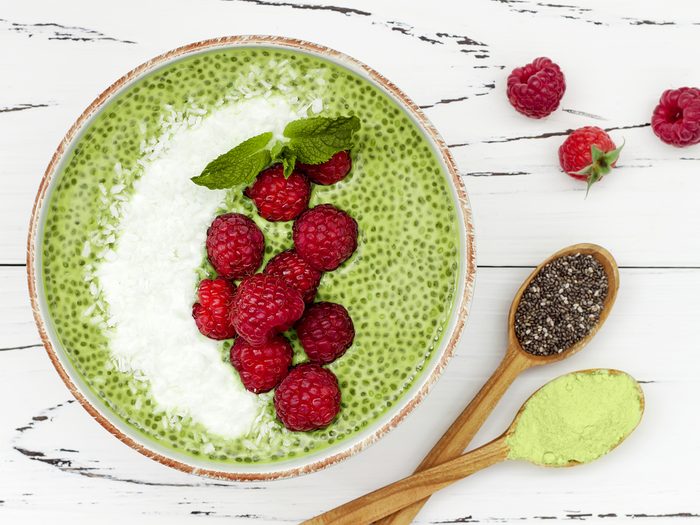
If you want, start quietly
You can say, it’s because you watched What The Health, but it might be easier to become a vegan if you can avoid questions or scrutiny from others.
“Don’t announce what you are doing; focus on yourself and being conscious of your surroundings, body, and food addictions first,” says longtime vegan John Salley, a four-time NBA champion and a partner of Vegan Vine wines. “Be still and strong in your ability to control your own life.”
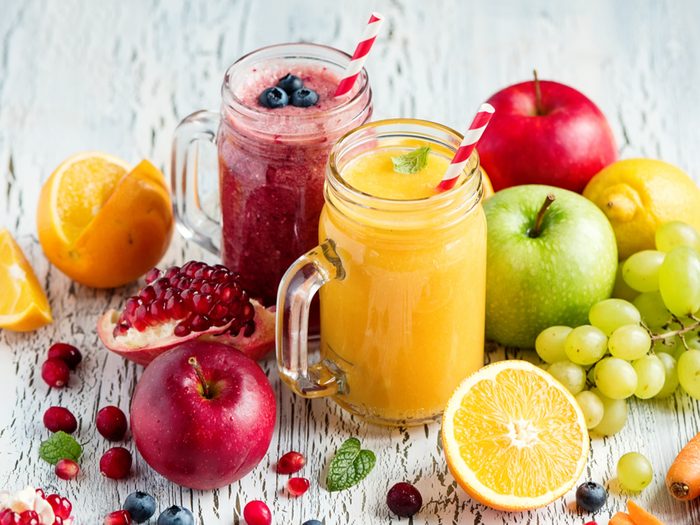
Find a vegan support group
Once you begin your vegan diet, “you’ll need someone to rant to about how many times a day you get asked where you get your protein,” says Jill Wiseman, co-founder of Canadian e-commerce site Vegan Cuts.
Whether your support lives next door or is through a Facebook page, you’ll widen your world of vegan-friendly products, recipes, and restaurants.
If you don’t know where to look, Crystal Tate of Food for Lovers recommends 30 Day Vegan Challenge: “[The] daily tips and videos hold your hand through grocery shopping, dining out, and trying new recipes.”
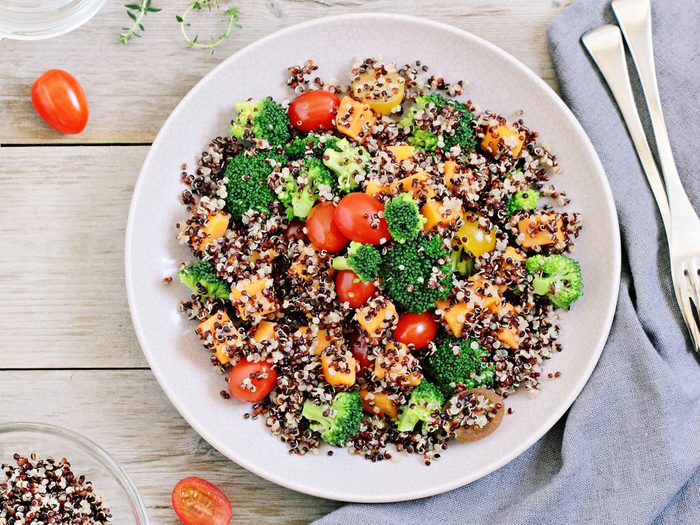
Don’t worry about getting enough protein
What The Health might have given you reason to swear off meat, but your body will still need protein.
“If you’re trying to become a vegan, rich sources of concentrated protein include beans, soy products like tofu and seitan, quinoa, nuts, and hemp seeds,” says Moran.
Plus, there are vegan protein powders you can add to water and shakes. As long as you include these staples along with protein-rich veggies like asparagus, cauliflower and broccoli, you should meet your daily requirements.
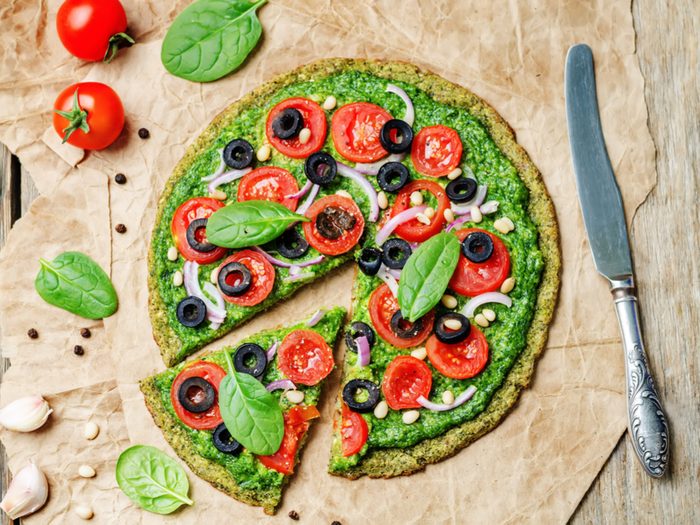
Focus on vegetables (and fruits)
“Many who claim to be vegetarian or vegan are really starch-atarians filling meat voids with pasta, fries, bread,” and other non-plant substitutes, says Ashayla Patterson of the bakery Sweet Artique.
Try to eat more healthy, whole foods to give your body the vital nutrients and antioxidants it needs.
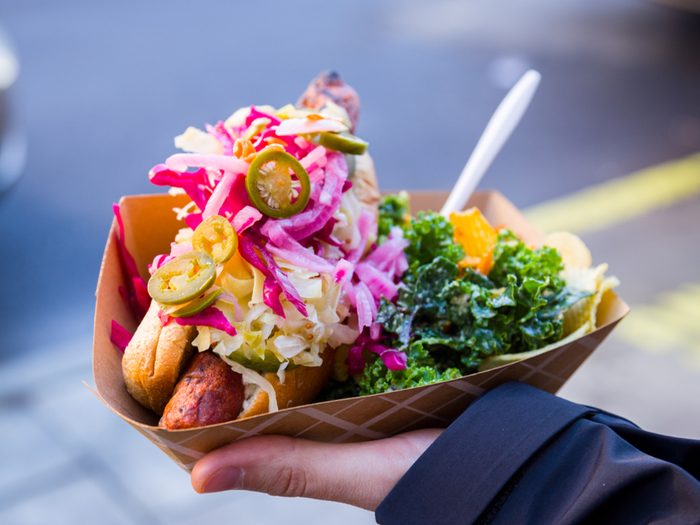
Going vegan doesn’t mean deprivation
“When you remove animal products you lose a lot of the fat and salt, which is often what contributes to the can’t-put-it-down taste,” says Kroecher.
He likes to add rich, complex flavors with walnuts, avocados, pine nuts, sun-dried tomatoes, olives, fresh basil, cold-pressed flax seed oil, and unrefined grey or pink sea salt.
Other ingredients to consider include nuts, dried fruits, protein powder, chia or hemp seeds, and Spirulina, a protein-dense freshwater algae.
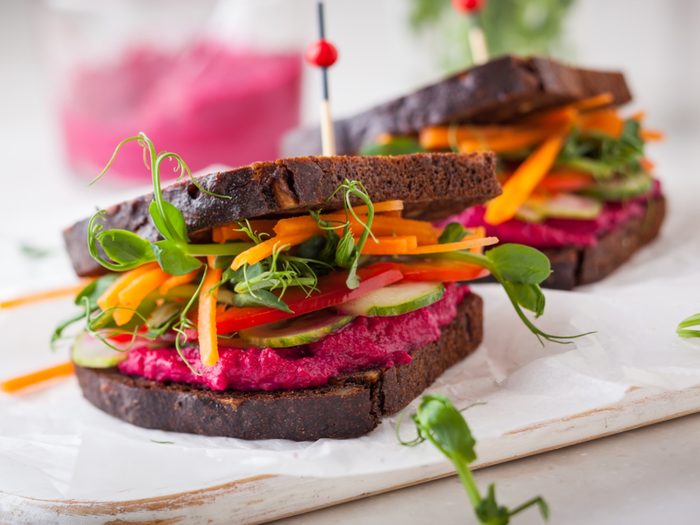
Rethink how you shop for food
Many staples of a vegan diet like grains, beans, nuts and seeds are cheap, and they usually store well if you buy them in bulk.
And despite What The Health’s strong messaging, there is a positive community that encourages the vegan lifestyle and shopping locally. Bechter also suggests you join a CSA (Community Supported Agriculture). Like-minded groups and support will keep you on track.
You can also find more grocery shopping tips in the book Eat Vegan on $4 a Day, by Ellen Jaffe Jones, or at the site Plant Based on a Budget.
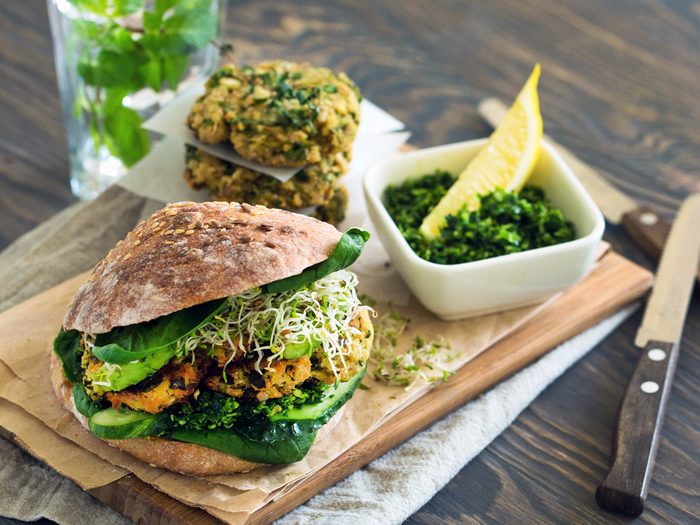
You can still eat out
Processed meat is everywhere, but so are vegan options. Even fast-food places are starting to offer vegan options on their menus.
According to The Toronto Vegan Association, lots of chains offer vegan foods – even if it’s not tagged vegan on the menu. From Tim Hortons to New York Fries, you have options. But you should still look at the nutrition facts, though. Just because fast food is “vegan” doesn’t mean that it’s always healthy.
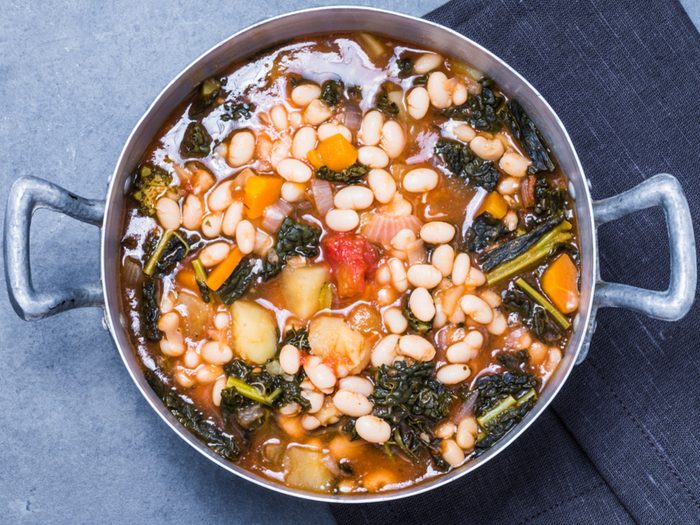
Try more ethnic foods
Whether you’re eating out or cooking at home, be adventurous.
Moran says, “Asian cuisines have tantalizing plant-based options originating from the spread of Buddhism.”
She also likes Italian pastas; Ethiopian lentil stews; satisfying and spicy Indian curries; and Mexican veggie tacos, fajitas or burritos (“just hold the cheese”).
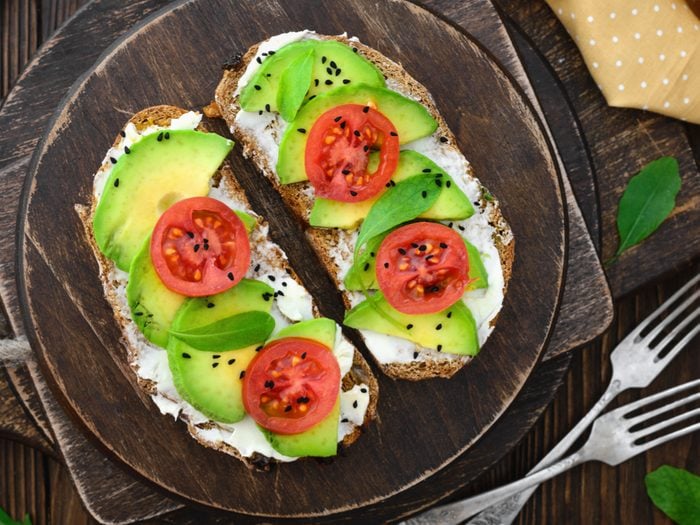
Experiment with new favourite foods
Vegan versions of your beloved recipes will inevitably have different tastes and textures from what you are used to. Instead create other go-tos, or try to incorporate similar flavours in new dishes.
“I began experimenting with ‘transition foods’ to help quell the cravings for cheese and dairy,” says Bechter. “When I realized that I could still make some of my favourite recipes with non-dairy alternatives, like pizza, macaroni & cheese, or grilled cheese sandwiches, it became easier for me to cut out the dairy habit.”
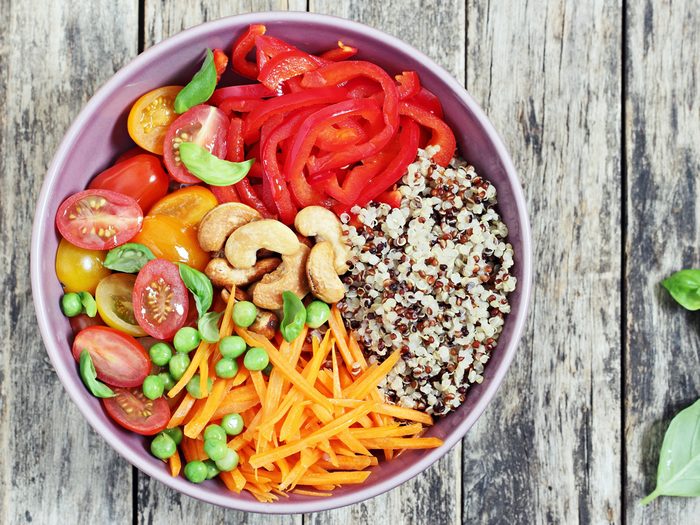
Get resourceful
There’s no shortage of great information on becoming vegan: Googling “going vegan” yields 40,900,000 results!
The experts we interviewed recommended everything from blogs (Lunch Box Bunch, FatFree Vegan Kitchen) to non-preachy books (Main Street Vegan, Eating Animals) to groups that set you up with a vegan mentor (Vegan Month). Ashayla Patterson recommends, “[Start] with film documentaries because seeing real people and their stories is often more compelling than reading about the virtues of veganism.”
What The Health isn’t the only vegan lifestyle thing to watch on Netflix. Try their instant stream options like Vegucated; Forks Over Knives; and Fat, Sick & Nearly Dead. Also check out our Our 7-Day Vegan Meal Plan.
